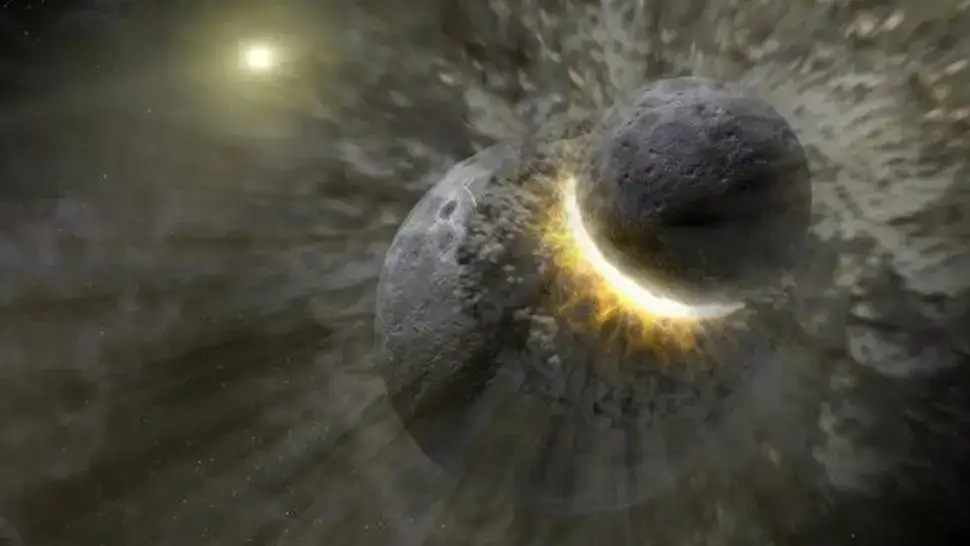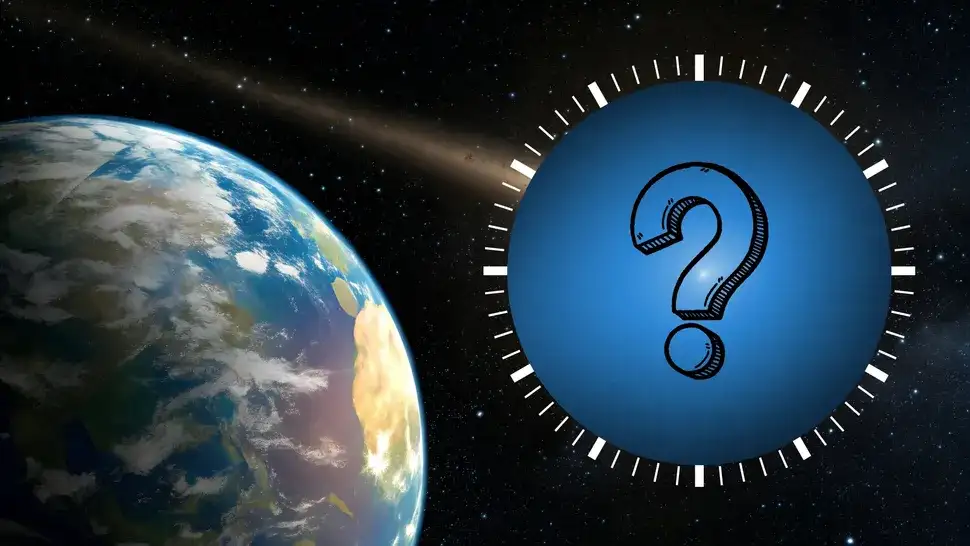Ancient rocks hidden deep in Western Australia could provide answers to a question that has puzzled scientists for centuries: how the Moon was formed.
Scientists from the University of Western Australia have studied 3.7 billion-year-old feldspar crystals found in igneous anorthosite rocks in the Murchison region. These rocks are unique: anorthosite rocks are widespread on the Moon, but are almost absent from the Earth's surface. This fact, according to experts, suggests a deep connection between the Earth and the Moon.
The study revealed that the chemical composition of these Australian rocks is nearly identical to that of samples brought back from the Moon by the Apollo missions.
The discovery lends new strength to the "giant impact theory," which posits that a Mars-sized planet collided with Earth approximately 4.5 billion years ago, forming the Moon from the debris torn from the impact. Scientists say these rocks could be "solid folders of time" that preserve evidence of our planet's "infancy."




















